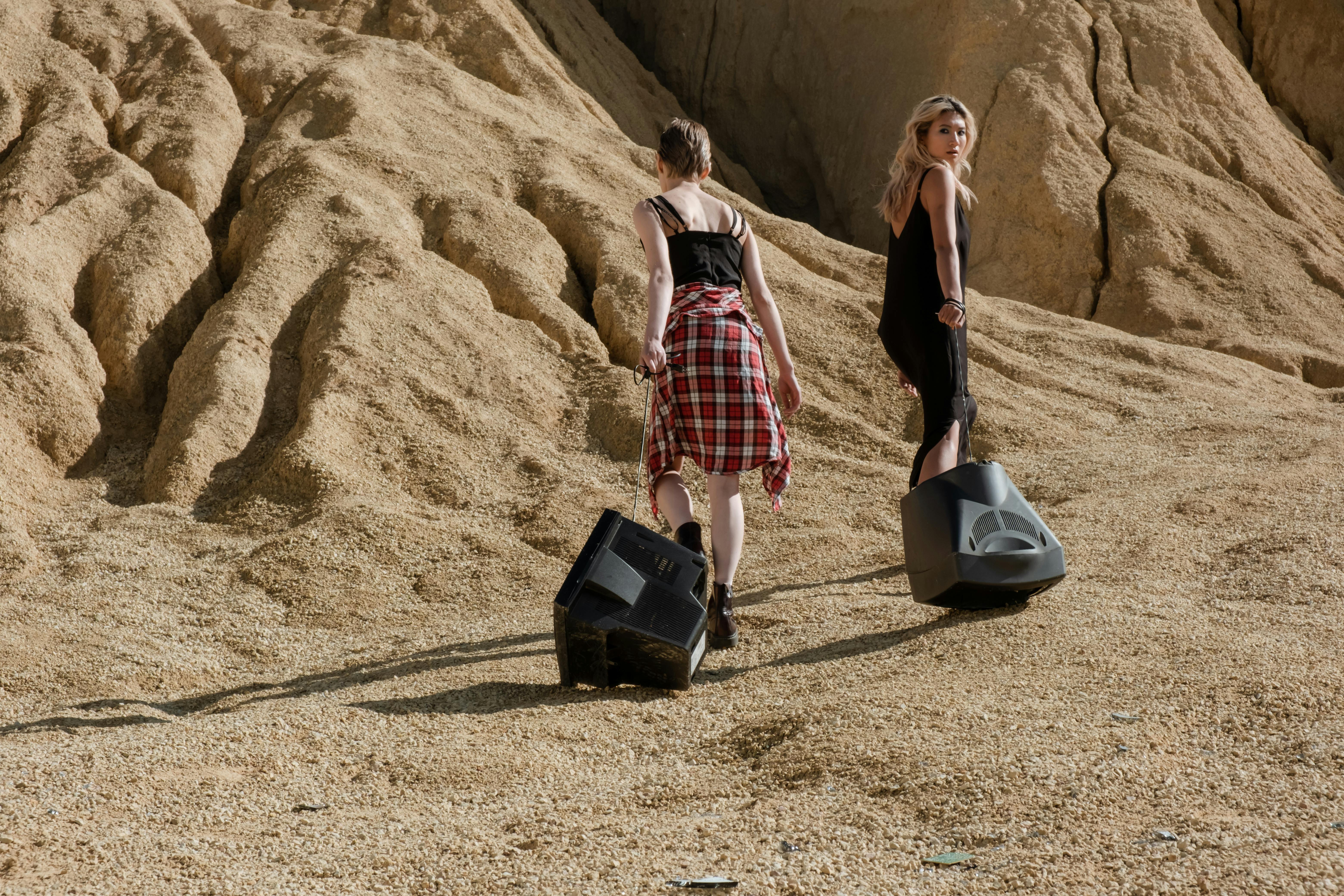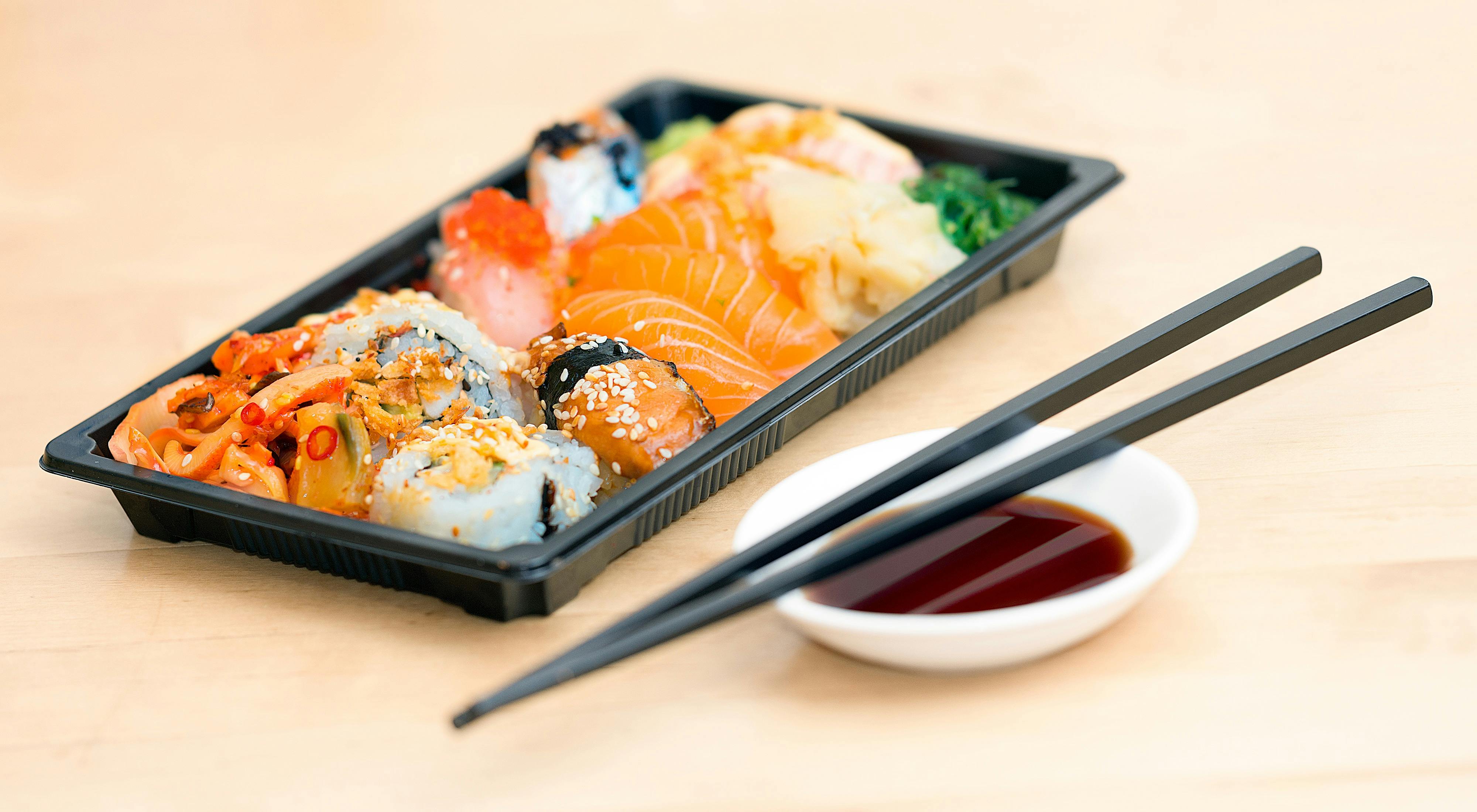
Practical Guide to Drawing Lips: Essential Tips for 2025
Drawing lips is a crucial skill for artists aiming to capture the intricacies of human expression and beauty. Whether you're a beginner or looking to refine your skills, understanding the anatomy and techniques behind lips drawing is essential. In this guide, we’ll delve into various approaches, from the basic structure to shading and coloring, ensuring you can illustrate lips realistically and effectively.
We'll explore how to draw different lip shapes, creating 3D effects, and variations in artistic styles. This comprehensive tutorial is designed for all artists, regardless of skill level, providing you with the essential tips and tools to enhance your lips drawing abilities.
Here’s a brief roadmap of what you’ll learn: starting with anatomy and proportions, moving to step-by-step drawing techniques, shading, and coloring strategies, and finishing with common mistakes to avoid. With this guide, you will be well-prepared to create stunning lip illustrations in any style.
Let's begin by understanding the essential anatomy of lips.
Understanding Lip Anatomy: Essential for Artists
Before you start drawing, having a grasp of lip anatomy is necessary. Lips are made up of various parts, each contributing to their unique appearance and expression. The upper lip typically features a defined cupid's bow, while the lower lip is usually fuller and rounder. Understanding these anatomical features is the foundation for creating realistic lip drawings.
When drawing lips, pay attention to the different shapes, such as a heart-shaped upper lip or fuller, rounded lips. Note how the thickness varies; this is particularly significant in different ethnicities and individual facial structures. For instance, ethnic lips can showcase a broad range of shapes and fullness, which is key in capturing diversity in your art.
Utilizing reference images can greatly aid in understanding these variations. Observing real-life examples or using models for your studies will enhance your ability to replicate different lip types accurately.
Incorporating knowledge about how lips react during different facial expressions—such as smiling or frowning—will also help bring your drawings to life with emotion.
Armed with this foundational knowledge, let’s move on to practical steps for sketching lips!
Step-by-Step Techniques for Drawing Lips
Now that you understand lip anatomy, let’s go through a step by step lips drawing tutorial that will guide you through the initial sketching to final details.
Starting with the Basic Outline
Begin your lips drawing by sketching the basic outline. Lightly draw two horizontal lines for the lips’ top and bottom edges to establish the shape. Ensure that the upper lip has a slight “M” shape to represent the cupid’s bow, while the lower lip should form a softer curve. Remember to account for the proportions; lips must be symmetrical for a natural look.
Next, add the corners of the lips, connecting your lines smoothly to outline the overall form. Use gentle, curved lines to create a soft look, as sharp angles can give an unnatural appearance. This outline serves as the blueprint for your drawing, so ensure accuracy at this stage.
Refining the Shape and Adding Details
Once you're satisfied with the outline, it’s time to refine the shape. Make adjustments as necessary to ensure both sides are balanced. Using an eraser, clear out any unnecessary lines while maintaining the crucial outline.
Add details like the texture of the lips. Lightly draw vertical lines to simulate the natural texture seen in lips. These lines don’t have to be perfect— the goal is to replicate the realistic appearance of skin. Pay close attention to how these lines interact with the cupid’s bow for added realism.
For a more dynamic expression, consider tilting the angle of the lips or varying their thickness. This is especially important if you are illustrating emotions.
Shading Techniques for Realistic Lips
Shading lips effectively is key to achieving a realistic look. Begin by identifying your light source; this will dictate where highlights and shadows fall on the lips. The upper lip generally has more shadow due to its shape, while the lower lip often appears lighter and shinier.
Start applying light layers of graphite or colored pencil, gradually build up your shading to create depth. Utilize blending tools like tortillions or your fingers to soften the transitions between light and dark areas.
Key areas to focus on include the center of the lower lip and around the edges of the upper lip— subtle highlights in these areas can make lips appear plumper and more three-dimensional. Consider learning specific shading techniques for lips to refine your skills further.
Coloring Your Lip Illustrations
Once you’ve mastered the outline and shading, it’s time to move on to color. Understanding how to color lips realistically involves knowledge of both color theory and texture.
Choosing the Right Lip Color
Select lip colors that match the skin tone you’re working with. Generally, the lower lip tends to appear lighter and reflects light more than the upper lip. Use complementary colors to highlight the emotions that lips can convey; a vibrant red might suggest confidence, while softer, muted tones can imply subtlety or gentleness.
When drawing with colored pencils or digital art tools, layer your colors lightly to mix tones effectively. Incorporate darker shades at the corners of the mouth, where shadows naturally occur, to create depth.
Experiment with color blending techniques, especially when transitioning between highlight and shadow. Glossy effects can be achieved with lighter colors applied to the center of the lip, which gives a fuller appearance.
Common Mistakes to Avoid When Drawing Lips
As you develop your skills in drawing lips, you'll encounter challenges. Here are several common mistakes to avoid:
- Excessive stiffness: Ensure your lines remain fluid and natural.
- Ignoring facial proportions: Always relate the lips to the overall facial structure.
- Overemphasis on detail too early: Focus on the overall shape before adding intricate details.
- Forgetting symmetry: Regularly check that your lips are balanced during the drawing process.
Conclusion and Continued Learning
In summary, drawing lips involves understanding their anatomy, practicing systematic techniques, and applying shading and coloring correctly. Utilize the tips provided in this guide to enhance your skills and develop your artistic expression.
Art is a continuous journey, and practicing your lips drawings regularly will go a long way in improving your overall portrait art. Don’t hesitate to experiment with different lip styles and apply what you've learned to other aspects of your artwork.
Continue exploring various drawing tutorials and engage in communities that focus on enhancing artistic skills. Regular feedback and practice will ultimately lead to mastery in drawing expressions and details like lips.

